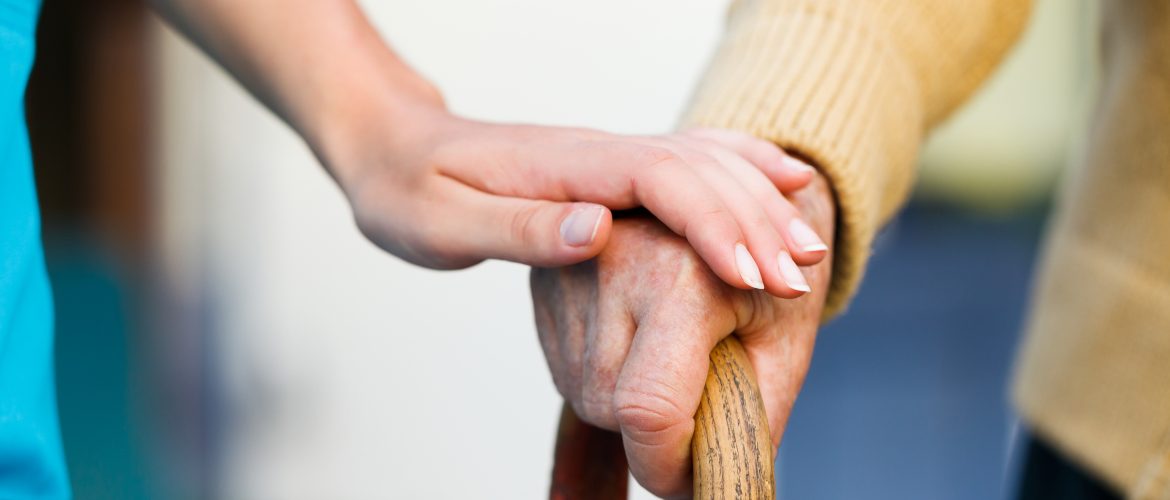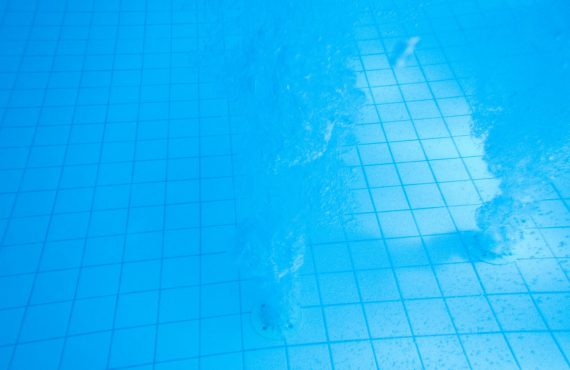How a Connecticut nursing home was able to have all 93 of its residents test negative for COVID-19 on May 22 and remain so was the subject of an interview with the administrator on May 29. The nursing home’s administrator shared that it was the result of planning, communication, and a variety of measures — some taken before the end of February.
After evaluating the facility’s strengths and weaknesses, the measures taken included investing in building upgrades to improve the facility’s air quality, securing an adequate 3-month supply of personal protective equipment (PPE), and entering into an agreement with a Federal Emergency Management Agency (FEMA) contractor to sanitize N95 masks. Due to an excellent relationship with their medical supply vendor, they were able to secure the 3-month supply of needed items.
The facility’s managing partners have a history of staying involved within the healthcare market sector, which greatly contributed to being proactive in mitigating the effects of COVID-19.
Prior to March, the facility installed a REME Halo In-Duct air purifying system that works with the facility’s central air conditioning and heating systems. They also have a moveable system called Novaerus, that purifies and deactivates airborne microorganisms and viruses using small units placed in high-traffic areas like the nurses’ stations, conference rooms, employee break areas, and other areas.
Although the administrator did not provide details of the costs, she said that the REME Halo units cost more than $6,000 and the Novaerus units were around $5,000.
Communication was noted by the administrator as a key factor in the facility’s success, along with being aggressive with surveillance rounds at the facility’s main entrance. Also, together with guidelines from the state, the facility designated entry and exits for healthcare workers, vendors, or other essential personnel. Staff were constantly urged to be mindful with washing hands, wearing masks, and other appropriate infection control protocols.
Compliance Perspective
Failure by a facility to be proactive in confronting serious threats to the health and well-being of its residents, i.e., a dangerous outbreak like COVID-19 which increases the potential for severe illness and death, may be considered abuse, neglect, and provision of substandard quality of care, in violation of state and federal regulations. Proactive measures include evaluating risks, strengths, and weaknesses, and then taking measures to mitigate the spread of infection, such as investing in building upgrades to improve air quality, securing an adequate supply of PPE, and staff training and oversight.
Discussion Points:
- Review policies and procedures for ongoing evaluation of the facility’s Infection Control Program, including conducting periodic risk assessments, the need to ensure building air quality, and maintaining a sufficient supply of PPE.
- Train staff regarding the Infection Control Program’s sanitation protocols and proper wearing of PPE, including not wearing makeup to ensure that masks can be disinfected for repeated use when appropriate.
- Periodically audit to ensure that the facility is maintaining an adequate stock of PPE as a precaution for dealing with infection outbreaks, and that staff are applying and removing the PPE correctly.
















































































